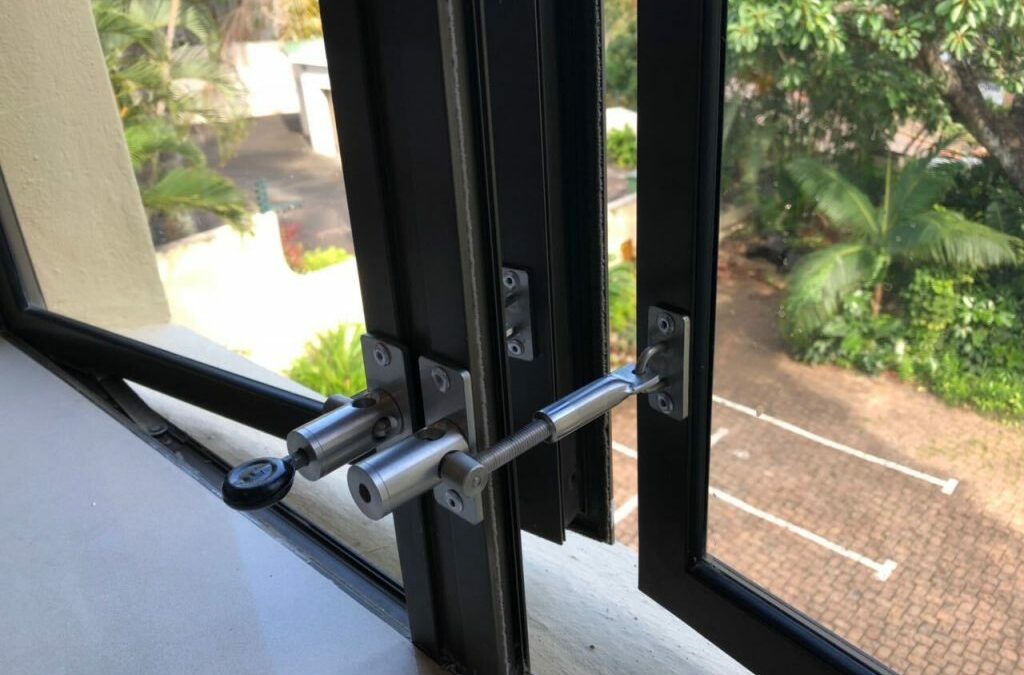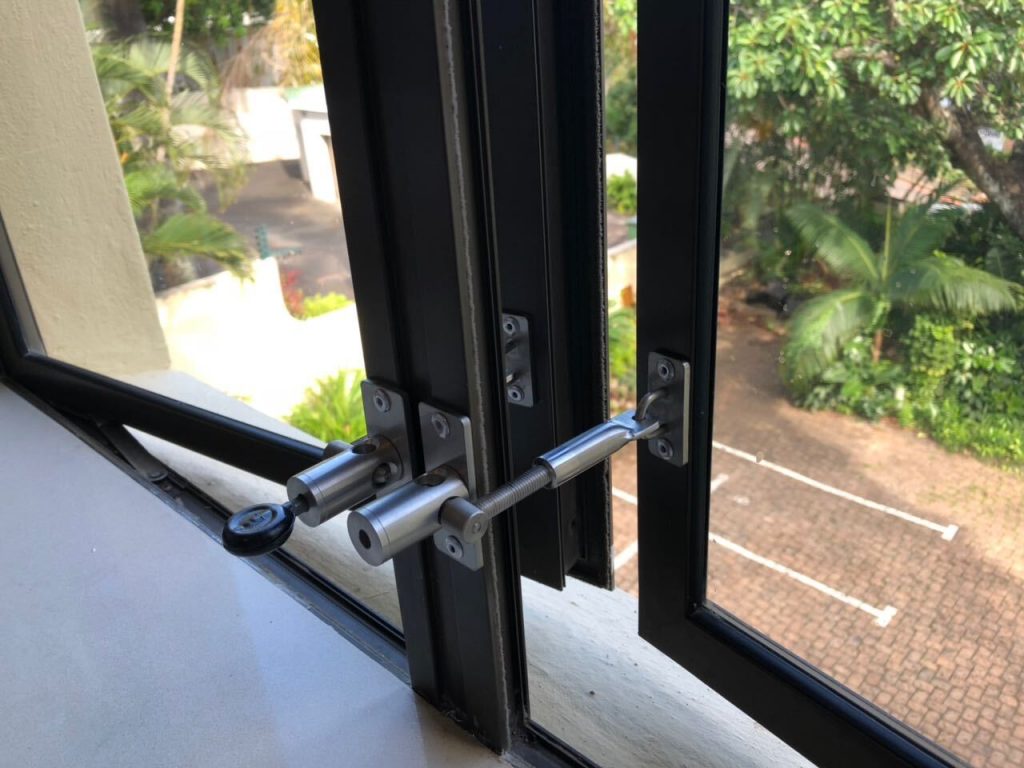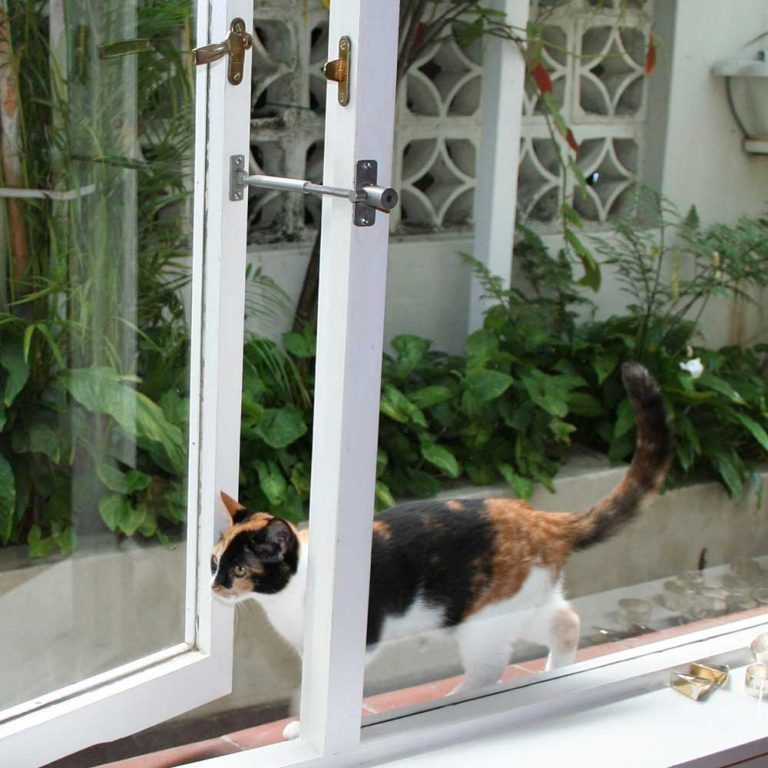Over the past decade South Africa has seen a marked increase in residents opting to live in residential complexes or gated estates. In fact, according to Lightstone Properties, one in ten new South African home buyers are choosing to buy in gated communities. There are many reasons for this including easier access to amenities and a greater sense of community with other residents. However, the single biggest reason for choosing to live in a gated community or residential complex in the South African context is increased security.
While all of these are really good reasons to consider the move, one area that needs to be considered, is how the rules of the estate or complex will affect your pets. Over the course of this article, we will look at what restrictions may apply to you and how you can ensure that your pet is happy in this new environment.
Pets in sectional titles
Sectional titles refer to any property where you own a section in a larger development or complex. This generally refers to townhouses, flats or apartments. Sectional titles have specific rules for residents which are made by a body corporate (consisting of all owners) and enforced by a board of trustees.
When you take up residence in a sectional title, you are tacitly accepting the rules of the complex. This means the onus is on you to familiarise yourself with the rules and understand the implications for your pets before purchasing or moving in.
While some sectional title properties have strict no pets’ policies, most allow pets at the discretion of the body corporate. The trustees may not unfairly refuse a pet, but will consider what is in the best interests of the complex, they will also set out to conditions to which the pet owner must subscribe in order for the pet to stay.
The rules of pets within a Homeowners Association (HOA)
When you move into a gated community or housing estate, you may be required to join a Homeowners Association. The HOA is usually a resident body which ensures that infrastructure is maintained, rules are adhered to, and the safety of the residents is never compromised. While your property is still your own, the HOA may address things such as the colour that your house is painted or policies around pets.
For the most part these policies will relate to things like cleaning up after your pet (especially in communal parts of the estate). But, if a pet is noisy, poses a danger to other residents or is a continuous nuisance the HOA will be forced to act. In many cases the offending behaviour can be addressed, but if a pet continues to be a problem the consent to keep it may be revoked by the HOA.
Like in a sectional title, if you consider buying in this type of environment, it is important to ask the right questions and decide if the community values align with your own before buying, and this includes the rules around pets.
Tips to keep your pets safe in residential complexes
If you live in a residential complex, you should ensure that your pet stays in your space and doesn’t become a nuisance to your neighbours. You need to make sure that your pet is content in your space, with access to sufficient food, clean drinking water and a secure, safe environment. But also, that they receive enough fresh air and exercise to keep them fit and happy. Oftentimes behavioural problems stem from cooped up energy. If your busy lifestyle doesn’t allow time to exercise your pet, you need to consider a dog walker or using a doggy day care service.
The tips above are universal for every pet owner, but what about residential complexes specifically?
No leash, no walk
No matter how well trained or behaved your dog is, you should always use a leash when taking them for walks. Not only does this build goodwill with the neighbours, but it also all but eliminates the chance of them being a nuisance through digging up gardens, damaging property or, in extreme cases, injuring another resident.
Clean up after them
It is important to clean up after your pet if it “relieves itself” in a communal area. Always be sure to take a disposable bag with you, so you are prepared if nature calls. You should also ensure that your garden is kept clean of faeces and chew toys, so as to not run afoul of the HOA.
Stick to the rules
Probably the best way to ensure your pet is safe within an estate or complex is to follow the rules to the letter. Whether the rules relate to vaccinations, freedom of movement or noise, ensure that you are subscribing to them and adapt your pet’s behaviour where possible.
Secure your windows and doors
One conundrum when it comes to complex living is how to ensure that your home stays well ventilated while still keeping your pet safely indoors. You can leave the door ajar to let fresh air in, but this means your furry friends can escape. If you have an indoor cat, the problem can be even more complex, as any window provides an easy route for kitty to escape.
One possible solution is to install security gates or burglar bars, but this may depend on the rules outlined by your HOA or body corporate. Many complexes and estates have strict rules governing the exterior look of the buildings and this often includes features such as burglar bars.
Luckily, there is a secure solution on the market, that ensures your home is well ventilated while still keeping your pets inside.
A simple way to improve pet life in security estates
LockLatch (and variants PetLatch and MiniLatch) are lockable window and door latches that feature a simple, yet ingenious, design that allows you to leave your doors and windows open, but securely locked in place.
They are a great starting point when it comes to providing pet well-being in estate living. These stainless steel latches add that extra layer of security to your home. Allowing you to keep it open and well-ventilated without having to turn to intrusive burglar bars or expensive clear bars.
LockLatch, PetLatch and MiniLatch each provide a different size range allowing you to control the size of the opening and consequently tailor it to your pet’s needs. If you are trying to keep a pet inside, MiniLatch (4.5cm – 8cm) or LockLatch (9cm – 17cm) provide great solutions. Alternatively, if you are looking to give your pet more freedom of movement LockLatch or PetLatch (16 – 24 cm) can be adjusted for larger openings. This versatility, coupled with easy installation onto any window or door makes it the perfect choice for pet owners living in estates or complexes.
Are you thinking of moving into a sectional title, security estate or gated community? Then LockLatch may be the answer to making sure your pets are happy, while still following the community rules.



